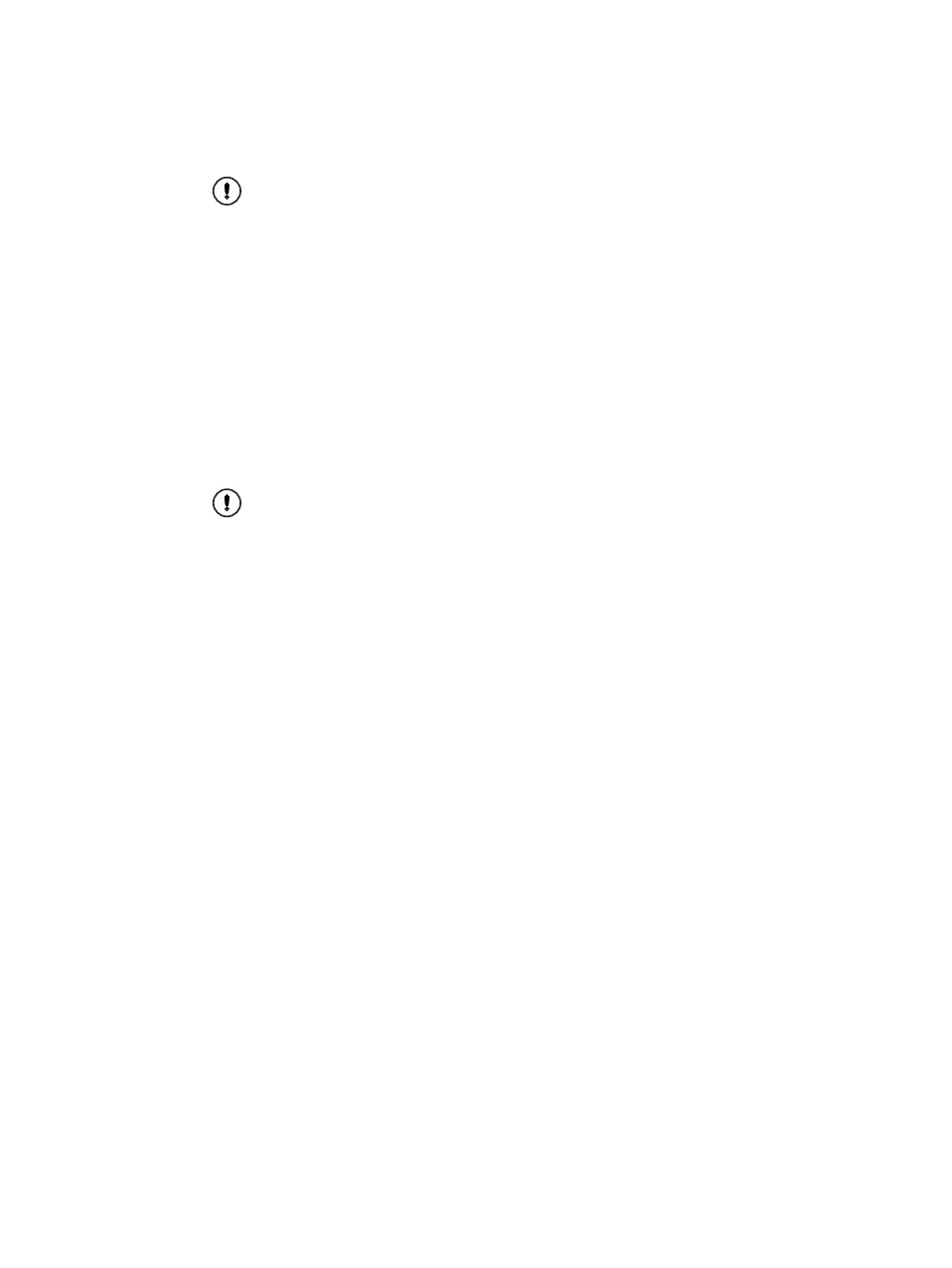7 configuring prism wash – K-Patents PR-23 User Manual
Page 59

6 Configuration and calibration
51
Important: Offline calibration using process liquid very seldom gives reliable results,
as problems are caused by
− low flow which makes sample to form an unrepresentative film on the prism
− sample evaporation at high temperature or undissolved solids at low temperature
giving deviations from laboratory determinations
− an ageing sample which is not representative
− outside light reaching the prism
Thus calibration using the process liquid should always be made inline.
6.6.4 Entering field calibration parameters
The field calibration parameters supplied by K-Patents are entered by selecting
5 CALI-
BRATION
from the Main menu, followed by first
1 CHEMICAL & FIELD PARAMETERS
and then by
2
FIELD CALIBRATION PARAMETERS
.
Important: If there is already a previous field calibration, it should be cleared (by
setting all values to 0) before entering a new field calibration.
6.6.5 Direct BIAS adjustment
The concentration measurement value can also be directly adjusted by changing the
field adjustment parameter f00.
The value of the bias parameter f00 will be added to the concentration value:
NEW CONC
=
OLD CONC
+
f00
.
6.7 Configuring prism wash
In some applications the process flow does not keep the prism clean because of sticky
process medium or low flow velocity. In these applications the prism can be automat-
ically cleaned by installing a wash system (see Chapter 4).
The prism wash settings for sensors A and B are independent of each other. The wash
system is active if a relay has been configured to be a wash relay (see Section 6.3) and
the wash time is not zero. An automatic wash function can be configured so that both
sensors have different parameters.
6.7.1 Wash cycle
The wash logic is shown in Figure 6.15 as a flow diagram. The automatic prism wash
cycle (Figure 6.14) consists of three phases: precondition, wash and recovery. The op-
tional preconditioning function is used to e.g. blow out the condensate before wash-
ing. After the preconditioning there is a one-second pause to avoid having both pre-
condition and wash relays active at the same time.
The wash cycle is initiated when the wash interval has elapsed. The wash can also
be started by closing an external switch (Remote wash, see Section 6.4) or manually
